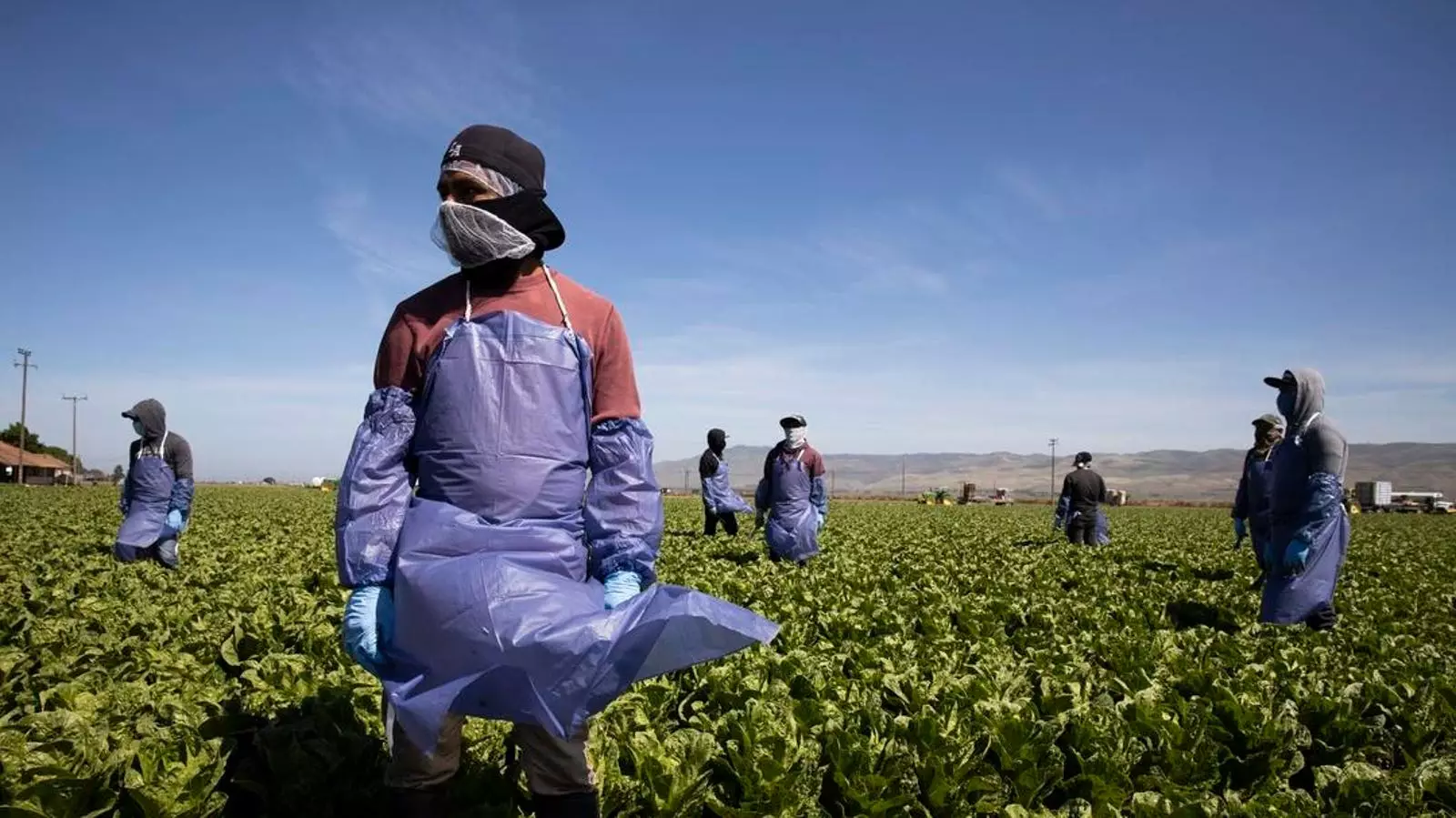The ongoing legal battle surrounding a new Labor Department rule regarding H-2A visa holders has prompted significant debate among agricultural workers, employers, and lawmakers. With accusations of regulatory overreach and concerns for both immigration policy and labor rights, this conflict sheds light on the need for a deeper understanding of the implications surrounding such regulatory changes.
At the heart of this issue are the recent modifications to regulations governing the H-2A visa program, which allows U.S. agricultural employers to bring foreign workers into the country to meet labor shortages. Traditionally, these visas have served as a mechanism to alleviate workforce deficits in agriculture while also reducing illegal immigration by providing a legal channel for workers. The Department of Labor’s (DOL) new rule aims to establish greater labor protections for those working under this visa but has faced severe backlash from various stakeholders who argue that it unlawfully expands labor rights.
The DOL’s final rule, published on June 28, 2024, outlines several requirements aimed at preventing employer retaliation and discrimination against workers who engage in self-organizing activities. The move has alarmed many throughout the agricultural sectors, who argue that these regulations blur the lines established between labor law and immigration law. As groups representing farms and businesses argue, the DOL’s approach signals a potential shift toward applying broader labor protections under the National Labor Relations Act (NLRA), which historically exempted agricultural workers.
The legal disputes arise when contrasting visions of worker rights intersect with immigration policies. Proponents of the rule argue that it creates much-needed safeguards for vulnerable laborers, allowing them to organize and advocate for their rights without fear of reprisal. Conversely, opponents assert that the rule not only exceeds the DOL’s authorities but also contravenes the established statutory framework governing labor issues in agriculture.
The legal challenge initiated on October 8, 2024, has rapidly gained momentum, involving major organizations from the farming industry such as the American Farm Bureau Federation and the U.S. Chamber of Commerce. They contend that although Congress has not extended NLRA protections to agricultural workers, the DOL’s new regulations mimic those protections in practice. This tension points to a much larger legal quandary: how to harmonize immigration reform with the protection of labor rights in industries heavily reliant on migrant labor.
The implications of this regulatory push are far-reaching. The H-2A program has seen significant growth over the years, with visa issuance increasing dramatically—from under 40,000 in fiscal year 2006 to over 310,000 by fiscal year 2023, primarily for workers from Mexico. This rise has coincided with a decline in illegal immigration from that nation. Detractors of the DOL’s rule argue that imposing stricter labor conditions could deter agricultural employers from utilizing H-2A visas, potentially leading to an uptick in illegal immigration as workforce needs remain unmet.
Some stakeholders have raised concerns that the new labor protections could also place undue burdens on employers, ultimately disincentivizing them from participating in the H-2A program entirely and resulting in a more entrenched illegal labor force. “The Labor Department’s onerous H-2A rule will make it difficult for American farmers and ranchers to meet their critical workforce needs,” said Jon Baselice of the U.S. Chamber of Commerce, framing the rule as a threat to the agricultural sector’s labor supply.
Moreover, the implications of this dispute stretch beyond immigration and labor rights; they encapsulate a broader discourse on employer-employee relations in an industry often characterized by precarious work conditions. Critics of the DOL rule assert that it substantially limits the ability of employers to communicate freely within their operations, especially regarding workers’ rights to engage or refrain from participating in collective bargaining.
In contrast, advocates for the measure argue that fostering an environment free from intimidation is necessary to protect worker interests, ultimately contributing to a more equitable labor market. As regulatory changes unfold, the specter of litigation looms large, echoing the urgency for policymakers to reconcile the conflicting interests represented by both labor advocates and agricultural employers.
The court’s subsequent ability to stay the rule in several states amplifies the urgency of the situation. As litigation continues, the potential for a fragmented compliance landscape for employers emerges, leading to uneven enforcement of labor protections across the country.
In sum, this case encapsulates profound complexities surrounding immigration policy, labor rights, and the agricultural sector’s future. Finding a solution that respects both legal rights and economic needs will be crucial in determining the outcome of this contentious regulatory battle, ultimately shaping the landscape of American agriculture and its labor force for years to come.


Leave a Reply